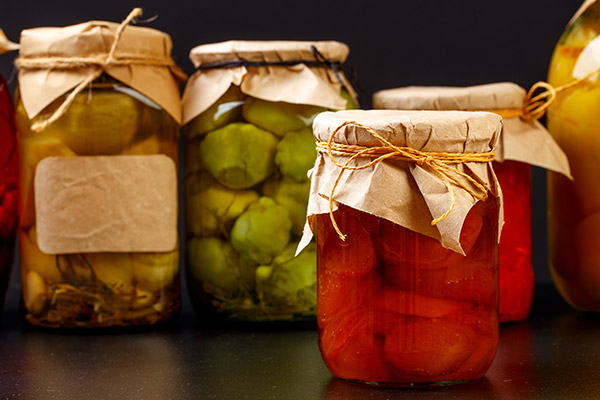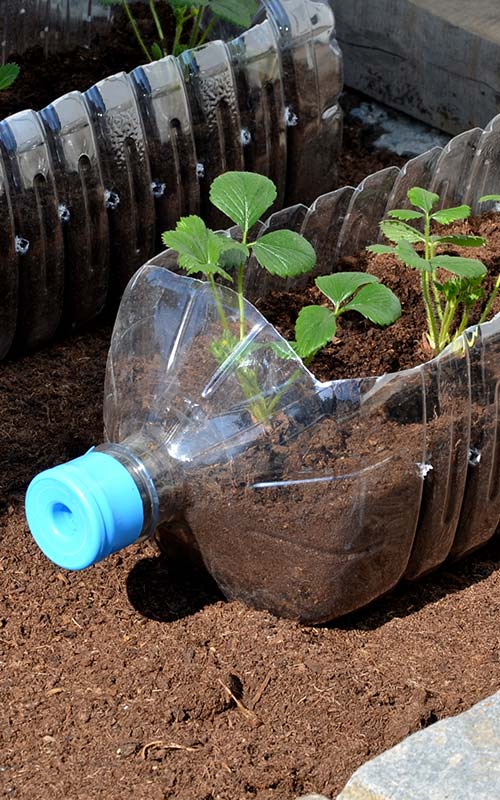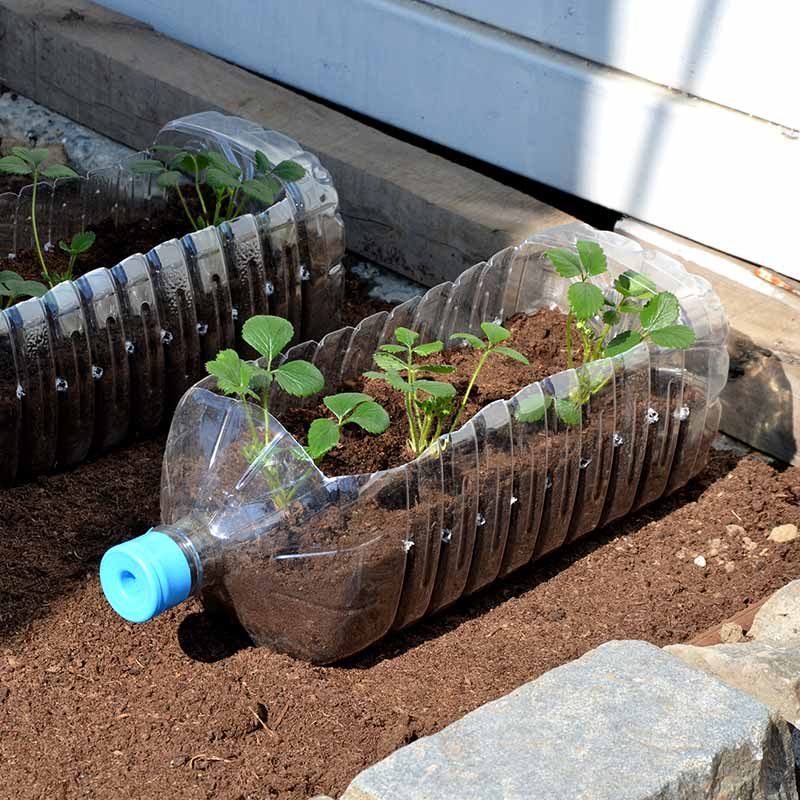Reduce and Reuse
Reduce and Reuse
What is Reduce and Reuse?
Reduce and reuse are essential principles in sustainable living, aiming to minimise waste and make the most out of the resources we already have. By reducing our consumption and reusing products and materials, we can alleviate the need for recycling and landfill, ultimately benefiting the environment.
Learning how to reduce and reuse not only contributes to a healthier planet but can also save you money. Small changes, such as swapping single-use items for reusable alternatives, can make a significant impact on the amount of waste that ends up in landfill, paving the way for a brighter future for our planet.
What is Reduce and Reuse?
Reduce and reuse are essential principles in sustainable living, aiming to minimise waste and make the most out of the resources we already have. By reducing our consumption and reusing products and materials, we can alleviate the need for recycling and landfill, ultimately benefiting the environment.
Learning how to reduce and reuse not only contributes to a healthier planet but can also save you money. Small changes, such as swapping single-use items for reusable alternatives, can make a significant impact on the amount of waste that ends up in landfill, paving the way for a brighter future for our planet.

How can you reduce waste by reusing?
You can simply reduce waste by reusing products. For example, you can reduce waste by avoiding single-use items such as plastic bags, plastic packaging, plastic cutlery and straws. Single-use items are products that can only be used once before being thrown away and are not sustainable for the environment.
Investing in products that can be reused helps save the environment and lessens the need for landfill. Swap single-use plastic bags for fabric bags that can be cleaned and used again. Other examples include swapping plastic sandwich bags for Tupperware and swapping paper throwaway cups for reusable mugs.
Although reusable changes may seem small, they have a huge impact on the environment. When you swap out single-use products with eco-friendly, reusable alternatives, you help to reduce waste that ends up in landfill and help to create a brighter future for the planet.
How can you reduce waste by reusing?

You can simply reduce waste by reusing products. For example, you can reduce waste by avoiding single-use items such as plastic bags, plastic packaging, plastic cutlery and straws. Single-use items are products that can only be used once before being thrown away and are not sustainable for the environment.
Investing in products that can be reused helps save the environment and lessens the need for landfill. Swap single-use plastic bags for fabric bags that can be cleaned and used again. Other examples include swapping plastic sandwich bags for Tupperware and swapping paper throwaway cups for reusable mugs.
Although reusable changes may seem small, they have a huge impact on the environment. When you swap out single-use products with eco-friendly, reusable alternatives, you help to reduce waste that ends up in landfill and help to create a brighter future for the planet.
Ways to reduce waste
Waste is a huge problem that contributes to climate change and air pollution and has a direct effect on ecosystems and species. Poorly managed waste is contaminating oceans, transmitting disease, and affecting development so it is important to find ways to reduce waste.
Shop responsibly
Shopping responsibly and only shopping for what you need helps reduce food waste and the pressure on natural resources. Choosing products and services that use recycled materials or have minimal packaging reduces the amount of plastic waste entering the environment.
Buying products that can be reused also helps limit your carbon footprint. Replace single-use items with reusable ones when shopping to contribute to zero-waste living.
Use what you have
You do not need to buy new products to cut down on waste or adopt a zero-waste lifestyle. An important part of reducing waste is to use what you already have before making additional purchases.
Check your home for what you already have that can reduce waste. This may include eating leftovers instead of throwing them away and using empty jam jars, butter tubs, and takeaway containers as storage solutions.
Buy second hand
Textile waste is a prominent issue and by buying second hand you are saving resources and reducing carbon emissions. Shopping second-hand also keeps clothing out of landfill and supports charities.
Go paperless
Where possible reduce waste by going paperless. Accepting digital receipts over paper copies and viewing bills online rather than receiving them in the mail can have a significant impact on the reduction of paper.
Although recycling paper is great, saving paper by not printing preserves trees, water, and energy.
Ways to reduce waste
Waste is a huge problem that contributes to climate change and air pollution and has a direct effect on ecosystems and species. Poorly managed waste is contaminating oceans, transmitting disease, and affecting development so it is important to find ways to reduce waste.
Shop responsibly
Shopping responsibly and only shopping for what you need helps reduce food waste and the pressure on natural resources. Choosing products and services that use recycled materials or have minimal packaging reduces the amount of plastic waste entering the environment.
Buying products that can be reused also helps limit your carbon footprint. Replace single-use items with reusable ones when shopping to contribute to zero-waste living.
Use what you have
You do not need to buy new products to cut down on waste or adopt a zero-waste lifestyle. An important part of reducing waste is to use what you already have before making additional purchases.
Check your home for what you already have that can reduce waste. This may include eating leftovers instead of throwing them away and using empty jam jars, butter tubs, and takeaway containers as storage solutions.
Buy second hand
Textile waste is a prominent issue and by buying second hand you are saving resources and reducing carbon emissions. Shopping second-hand also keeps clothing out of landfill and supports charities.
Go paperless
Where possible reduce waste by going paperless. Accepting digital receipts over paper copies and viewing bills online rather than receiving them in the mail can have a significant impact on the reduction of paper.
Although recycling paper is great, saving paper by not printing preserves trees, water, and energy.
What Does Reuse Mean?
According to the dictionary, reuse is a verb that means to use again or more than once. Reusable products and items can be used and used again for their original purpose or a different function. It is not the same as recycling which is the process of manufacturing new products from broken-down used items.
When you reuse products and invest in reusable products such as reusable straws, cloth tote bags, mesh produce bags, and food containers, you reduce the demand for single-use products that are harmful to the environment.
What Does Reuse Mean?
According to the dictionary, reuse is a verb that means to use again or more than once. Reusable products and items can be used and used again for their original purpose or a different function. It is not the same as recycling which is the process of manufacturing new products from broken-down used items.
When you reuse products and invest in reusable products such as reusable straws, cloth tote bags, mesh produce bags, and food containers, you reduce the demand for single-use products that are harmful to the environment.

Examples of What You Can Reuse
It is more than likely you already own many household products that can be reused to benefit the environment. Whether you give a product new life or continue to use it for its original purpose, saving waste from landfill and the bin can have a huge impact.
Glass jars and containers
Empty glass jars and containers can easily be transformed to avoid ending up in the bin. Simply rinse and turn your jam jars, pasta sauce jars, mason jars, food tins, and more into pencil pots, desk organisers, bathroom containers, or even drinking glasses!
Alternatively, use your empty glass jars for food storage and food canning.
Plastic bottles and containers
If you do happen to have some plastic bottles and containers in your home save them from landfill by making bird feeders, fridge organisation, and food storage. You can even use empty containers to create a windowsill garden with plants and herbs.
Clothes and bedding
Old clothes and bedding that are taking up too much space? Don’t worry, you can simply turn your old towels, clothes, and bedding into reusable dishcloths and dusters. Just cut them up to size and use them forevermore! Or, look for easy ways on Pinterest to upcycle old clothes into new ones.
Many pet rescue charities reuse textiles such as towels. Particularly, dog rescue shelters have a demand for old towels and bedding, so always consider other places who are able to reuse such items.
Toothbrushes
Yes, there is a way to reuse every household item including toothbrushes. Once used, save old toothbrushes to clean hard-to-reach places and crevices such as grout between bathroom and kitchen tiles. Use toothbrushes to clean stovetops, faucets, vents, and keyboards to get into all the nooks and crannies of your home.
Examples of What You Can Reuse

It is more than likely you already own many household products that can be reused to benefit the environment. Whether you give a product new life or continue to use it for its original purpose, saving waste from landfill and the bin can have a huge impact.
Glass jars and containers
Empty glass jars and containers can easily be transformed to avoid ending up in the bin. Simply rinse and turn your jam jars, pasta sauce jars, mason jars, food tins, and more into pencil pots, desk organisers, bathroom containers, or even drinking glasses!
Alternatively, use your empty glass jars for food storage and food canning.
Plastic bottles and containers
If you do happen to have some plastic bottles and containers in your home save them from landfill by making bird feeders, fridge organisation, and food storage. You can even use empty containers to create a windowsill garden with plants and herbs.
Clothes and bedding
Old clothes and bedding that are taking up too much space? Don’t worry, you can simply turn your old towels, clothes, and bedding into reusable dishcloths and dusters. Just cut them up to size and use them forevermore! Or, look for easy ways on Pinterest to upcycle old clothes into new ones.
Many pet rescue charities reuse textiles such as towels. Particularly, dog rescue shelters have a demand for old towels and bedding, so always consider other places who are able to reuse such items.
Toothbrushes
Yes, there is a way to reuse every household item including toothbrushes. Once used, save old toothbrushes to clean hard-to-reach places and crevices such as grout between bathroom and kitchen tiles. Use toothbrushes to clean stovetops, faucets, vents, and keyboards to get into all the nooks and crannies of your home.
Why Is It Important To Reduce and Reuse?
Reducing and reusing help save landfill space and preserve the planet’s natural resources. New products require a high level of energy and resources during production, so by reducing consumption and reusing items, you drive down demand for new products to be produced and therefore reduce emissions.
These concepts promote sustainable living for now and in the future. By reducing the amount of waste you create, you limit the waste in landfill, preserve natural resources, and prevent pollution. You are also likely to save money as you focus on sustainable shopping and reusable opportunities.
If the population did not reduce waste or reuse, the planet would be susceptible to high pollution rates, irreversible climate change, scarce natural resources, and landfill sites would become full.
Why Is It Important To Reduce and Reuse?
Reducing and reusing help save landfill space and preserve the planet’s natural resources. New products require a high level of energy and resources during production, so by reducing consumption and reusing items, you drive down demand for new products to be produced and therefore reduce emissions.
These concepts promote sustainable living for now and in the future. By reducing the amount of waste you create, you limit the waste in landfill, preserve natural resources, and prevent pollution. You are also likely to save money as you focus on sustainable shopping and reusable opportunities.
If the population did not reduce waste or reuse, the planet would be susceptible to high pollution rates, irreversible climate change, scarce natural resources, and landfill sites would become full.
How To Reduce Waste
Reducing waste and reusing items is a crucial step towards promoting a more sustainable lifestyle. By adopting eco-friendly habits and making conscious choices, we can all contribute to a cleaner, healthier planet. We have a number of blogs with ideas on how to reduce waste:
How To Reduce Waste
Reducing waste and reusing items is a crucial step towards promoting a more sustainable lifestyle. By adopting eco-friendly habits and making conscious choices, we can all contribute to a cleaner, healthier planet. We have a number of blogs with ideas on how to reduce waste:
Are There Reduce and Reuse Centres? How Do I Find One?
There are many reduce and reuse centres across the UK. To find a reduce and reuse centre near you search on your local council’s website, or alternatively find a local reuse centre near you using the Reuse Network website.
Are There Reduce and Reuse Centres? How Do I Find One?
There are many reduce and reuse centres across the UK. To find a reduce and reuse centre near you search on your local council’s website, or alternatively find a local reuse centre near you using the Reuse Network website.

Sustainability
Curious about how we're putting the environment first? Click through to our Sustainability Page and explore the many ways HIPPO is dedicated to eco-friendly waste management, reducing our carbon footprint, and supporting a cleaner, greener world for future generations.

Recycling
Recycling is one of the most important actions we can take to protect our planet. By turning waste into new products, we can reduce pollution, conserve resources, and create a more sustainable future for all. Over 95% of rubbish collected by HIPPO is diverted from landfill
